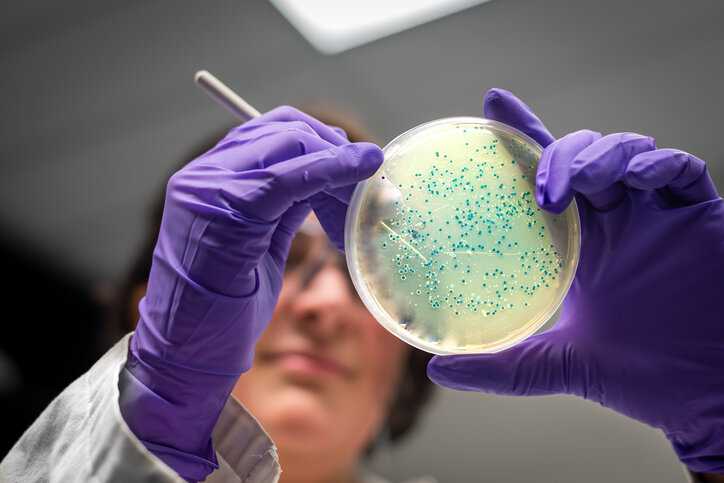In laboratory work, handling chemicals is a necessary component of nearly every process. Chemicals and hazardous materials are utilized in laboratory research and testing within numerous fields and industries.
While testing processes are critical for innovation, specifically research and development, working with dangerous materials can present a high risk to employees and laboratory facilities.
What Are Common Lab Hazards?
Why is it so important to understand the dangers of hazardous materials and to know how to handle them properly? Everyday safety is a leading reason. The multitude of hazardous materials at hand in a laboratory is another.
In any given laboratory, these may include:
- Acids
- Cyanides
- Metal hydroxides
- Nitrites
- Pyrophorics
Who/What Is At Risk From Laboratory Hazards?
The risks present when handling these materials are many, and they can apply to any of the below examples:
- Personnel working directly with hazardous materials
- Other personnel in the facility
- The laboratory facility, including equipment, samples, and test results
- The surrounding environment outside the facility
Some of these risks include:
- Health problems, due to toxicity and carcinogenicity
- Impaired vision due to eye damage
- Toxic fumes within the facility as well as the ambient environment outside the facility
- Explosion risk
How Can Personnel Handle Hazardous Materials?
With numerous further risks present, it is clear that the importance of proper hazardous material handling methods in the lab should be a paramount concern—for the safety of workers and the protection of the facility and environment alike. Through the appointment of a Chemical Hygiene Officer (however named) and the development of a Chemical Hygiene Plan (CHP), all employees throughout the facility would be made aware of these risks—and how to avoid them.
Training is an ongoing component of a CHP. Learn more about handling hazardous chemicals safely with the accompanying resource.
ANAB Laboratory Related Accreditation
Please note that the information included in this resource and in this post does not reflect the requirements for ANAB accreditation. To learn more about various laboratory related accreditation programs, please see below:
ANAB Accreditation for ISO/IEC 17043 Proficiency Test Providers
ANAB Accreditation for ISO 17034 Reference Material Producers
Contributing Author: Steve Gonzales, CEO, Technical Safety Services
Steve Gonzales is CEO of Technical Safety Services, which provides testing, certification and calibration of equipment and controlled environment crucial to the success of the biopharma, medical device, academic research and food production industries.
